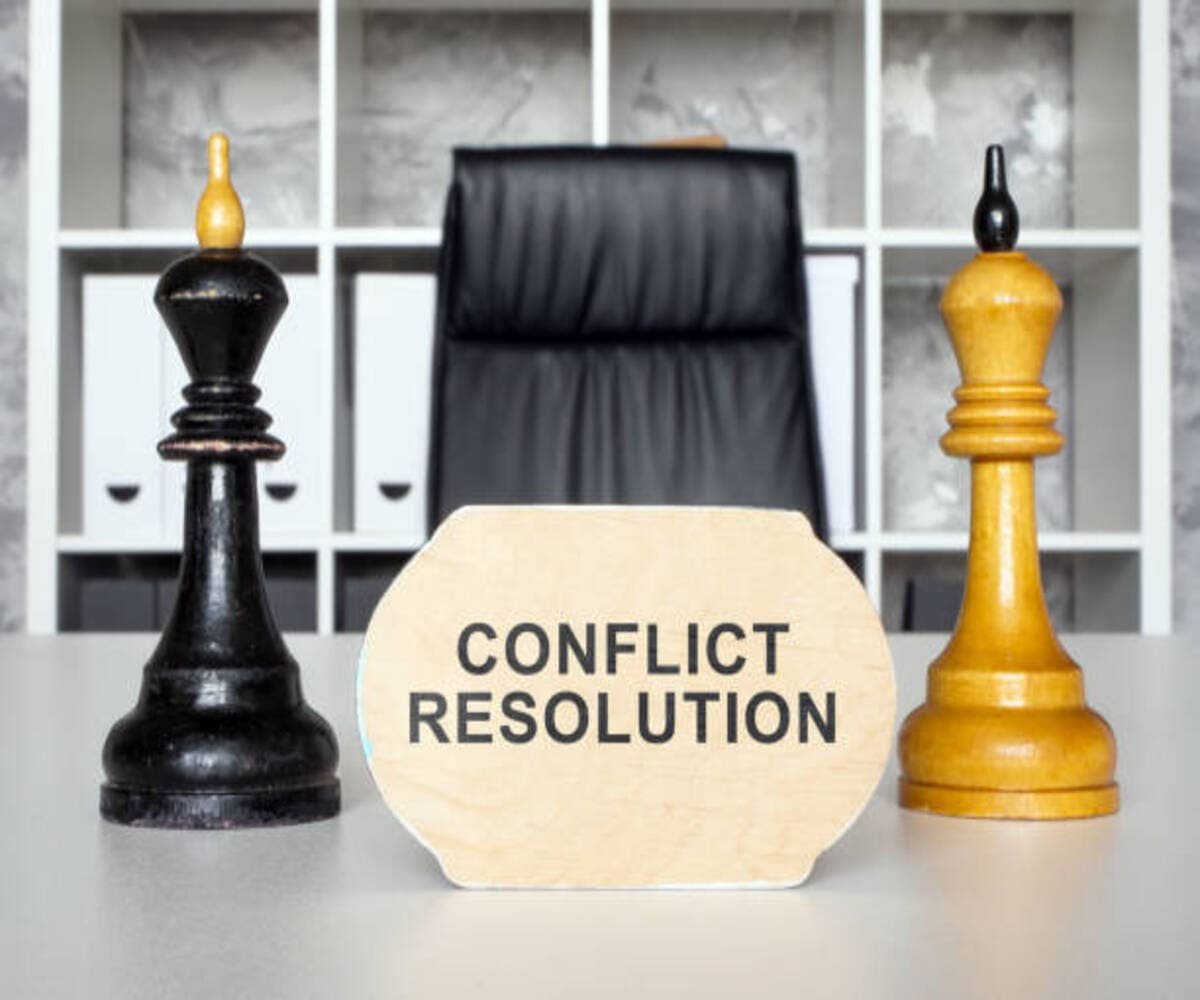Introduction
Conflict is an inevitable aspect of any workplace, and how it is managed can significantly impact team dynamics, productivity, and overall organizational success. Effective conflict resolution and team-building strategies are essential for fostering a positive work environment where employees collaborate efficiently.
Here, we will explore the significance of conflict resolution, best practices for resolving disputes, and how team-building efforts can strengthen workplace relationships.
Understanding Workplace Conflict
Workplace conflicts arise due to various reasons, including:
While conflicts are natural, unresolved disputes can lead to poor morale, decreased productivity, and high employee turnover. Thus, conflict resolution is a critical leadership skill for business managers.
Key Conflict Resolution Strategies
1. Encourage Open Communication
A transparent communication culture helps employees express their concerns without fear. Managers should promote an environment where constructive dialogue is encouraged.
2. Active Listening
Listening to all parties involved allows managers to understand different perspectives before making a fair decision. Active listening involves asking clarifying questions and paraphrasing what others have said to ensure comprehension.
3. Address Issues Early
Unresolved conflicts tend to escalate, making resolution more challenging. Managers should identify and address disputes early on to prevent further complications.
4. Remain Neutral and Objective
Taking sides can create biases and worsen the situation. A fair and impartial approach ensures that all employees feel valued and respected.
5. Focus on Solutions, Not Blame
Instead of dwelling on who is at fault, managers should steer conversations toward problem-solving and finding common ground.
6. Establish Clear Policies and Expectations
Well-defined workplace policies regarding behavior, roles, and responsibilities help minimize misunderstandings and conflicts.
7. Use Mediation Techniques
If conflicts become severe, a neutral third party, such as an HR professional, can mediate and guide the resolution process.
Role of Team Building in Conflict Prevention
Proactive team-building activities can reduce workplace conflicts by enhancing collaboration, trust, and understanding among employees. Here are some effective strategies:
1. Encouraging Collaboration Over Competition
Instead of fostering a highly competitive environment, encourage teamwork where employees work toward shared goals.
2. Organizing Team-Building Exercises
Activities such as group discussions, problem-solving games, and outdoor retreats help strengthen interpersonal relationships and improve communication.
3. Promoting Inclusivity and Diversity
Diverse teams bring unique perspectives, but they also require managers to foster an inclusive culture where all voices are heard and valued.
4. Providing Leadership Development Programs
Training employees in leadership skills helps them handle conflicts better and contribute positively to the team’s growth.
5. Setting Clear Team Goals
Aligning team members with shared objectives creates a sense of purpose and unity, reducing misunderstandings and disagreements.
Benefits of Effective Conflict Resolution & Team Building
Conclusion
Conflict resolution and team building are critical to a successful management strategy. By fostering open communication, encouraging collaboration, and implementing proactive conflict-resolution techniques, managers can create a positive work culture that benefits both employees and the organization.
At SignifyHR, we help professionals and aspiring leaders develop the necessary skills to manage workplace conflicts effectively. Stay tuned for more insights on leadership, management strategies, and professional growth !

